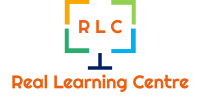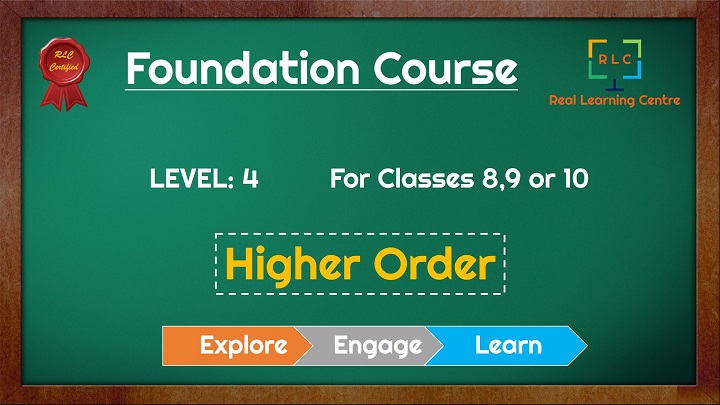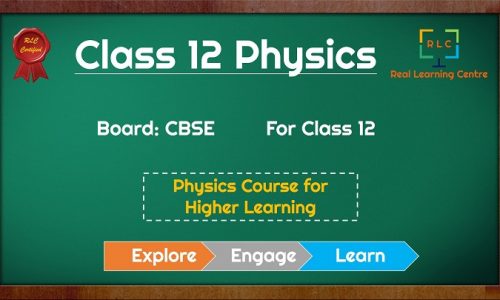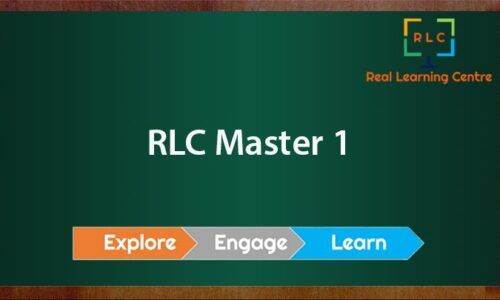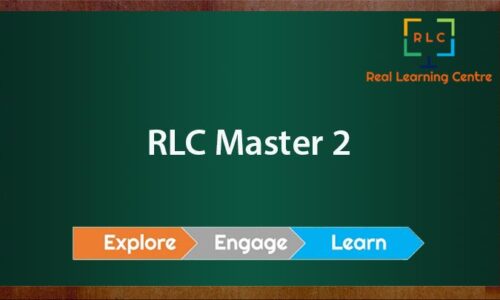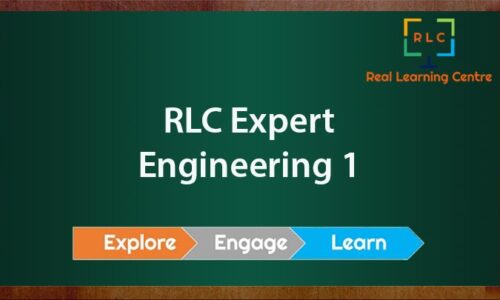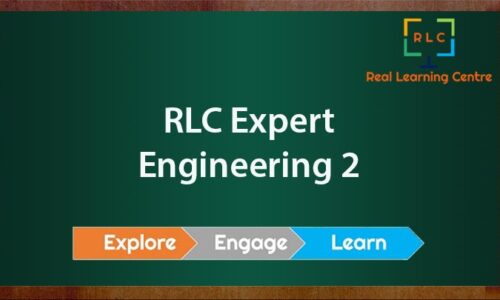Course Description: This is the fourth of six courses designed as a ‘foundation course series’ for developing strong foundations in core science and mathematics. Students can choose engineering, medicine, pure science research or any other area later.These set of courses are to be taken during their years in class 8th to class 10th. There are 6 levels from Level 1 to Level 6. Each level is designed to take eight weeks. Each level has video lessons in Physics, Chemistry, Mathematics and Biology. The Lessons are structured on weekly basis. Students can take self-tests at the end of every topic. Final assessment test can be taken at the end of the course.
Level 4 summary: In Physics, students understand the properties of light and move on to learn about spherical mirrors and lenses. Students will understand the physics of atomic model and then enter inside the nucleus to understand binding energy and radio activity. In Chemistry, they will study about acids and bases and related theories. They will also study in detail the properties of metals and non-metals. In Mathematics, students will learn fractional expressions and solving simultaneous equations. They will learn about parallelogram and other quadrilaterals. They will then move on to learn polygons and their properties. In Biology, students get the introduction of molecular biology. They understand the structure of DNA and get the overview of protein synthesis. Students will then move on to study genetics starting from Mendel’s experiments.
How best to utilize this course?
- Once you register, make weekly allocation of about 4 hours to work on this course and stick to these timings
- Watch the assigned videos for the week, one subject at a time and complete the corresponding self-tests.
- Make notes in your note book while watching the videos.
- Complete the home work or ‘do it yourself’ questions if specified in the video sessions
- Discuss with friends / parents / teachers about things that you liked while watching the videos
- At the end of 8 weeks, revise your notes and re-watch some videos if needed, and then take the final assessment test. This completes the course.
Course Features
- Lectures 61
- Quizzes 0
- Duration 8 weeks
- Skill level All levels
- Language English
- Students 291
- Assessments Yes
Curriculum
- 9 Sections
- 61 Lessons
- 8 Weeks
- Preview classes1
- Week 18
- 2.1Light 1: Reflection and refraction
- 2.2Self Test: Reflection and refraction
- 2.3Acids and Bases 1-Definitions of acids and bases
- 2.4Self Test : Definitions of acids and bases
- 2.5Fractional expressions 1-Arithmetic operations on fractions
- 2.6Self Test: Arithmetic operations on fractions
- 2.7Molecular Biology 1: Central dogma of a cell
- 2.8Self Test: Central dogma of a cell
- Week 28
- 3.1Light 2: Dispersion interference diffraction
- 3.2Self Test: Dispersion interference diffraction
- 3.3Acids and Bases 2-Properties of acids and bases
- 3.4Self Test: Properties of acids and bases
- 3.5Fractional expressions 2-Simplification of fractions
- 3.6Self Test: Simplification of fractions
- 3.7Molecular Biology 2: Structure of DNA
- 3.8Self Test: Structure of DNA
- Week 38
- 4.1Light 3: Spherical Mirrors and lenses
- 4.2Self Test: Light 3 – Spherical Mirrors and lenses
- 4.3Metals and Nonmetals 1-Metals and their characteristics
- 4.4Self Test: Metals and their characteristics
- 4.5Simultaneous equations 1-Methods of solving simultaneous equations
- 4.6Self Test: Methods of solving simultaneous equations
- 4.7Molecular Biology 3: Overview of protein synthesis
- 4.8Self Test: Overview of protein synthesis
- Week 48
- 5.1Light 4: Nature of light
- 5.2Self Test: Light 4 – Nature of light
- 5.3Metals and Nonmetals 2-Chemical properties of metals
- 5.4Self Test: Chemical properties of metals
- 5.5Simultaneous equations 2-Practice problems
- 5.6Self Test: Simultaneous equations 2-Practice problems
- 5.7Molecular Biology 4: Genetic Engineering as a tool
- 5.8Self Test: Genetic Engineering as a tool
- Week 58
- 6.1Nuclear Physics 1: Atomic model
- 6.2Self Test: Atomic model
- 6.3Metals and Nonmetals 3-Nonmetals and their properties
- 6.4Self Test: Nonmetals and their properties
- 6.5Quadrilaterals and polygons 1-Types of quadrilaterals and their properties
- 6.6Self Test: Types of quadrilaterals and their properties
- 6.7Genetics 1: Mendel’s experiments and laws session 1
- 6.8Self Test: Mendel’s experiments and laws session 1
- Week 68
- 7.1Nuclear Physics 2: Nucleus, Binding Energy and Radioactivity
- 7.2Nuclear Physics 2: Nucleus, Binding Energy and Radioactivity
- 7.3Quadrilaterals and polygons 2-Parallelogram based theorems
- 7.4Self Test: Parallelogram based theorems
- 7.5Genetics 1 – Mendel’s experiments and laws session 2
- 7.6Self Test: Mendel’s experiments and laws session 2
- 7.7Metals and Nonmetals 4-Chemical properties of nonmetals
- 7.8Self Test: Chemical properties of nonmetals
- Week 76
- Week 86
- 9.1Quadrilaterals and polygons 4-Practice problems
- 9.2Self Test : Practice problems
- 9.3Genetics 3. Inheritance patterns and variations session 1
- 9.4Self Test : Inheritance patterns and variations 1
- 9.5Genetics 3. Inheritance patterns and variations session 2
- 9.6Self Test : Inheritance patterns and variations 2
